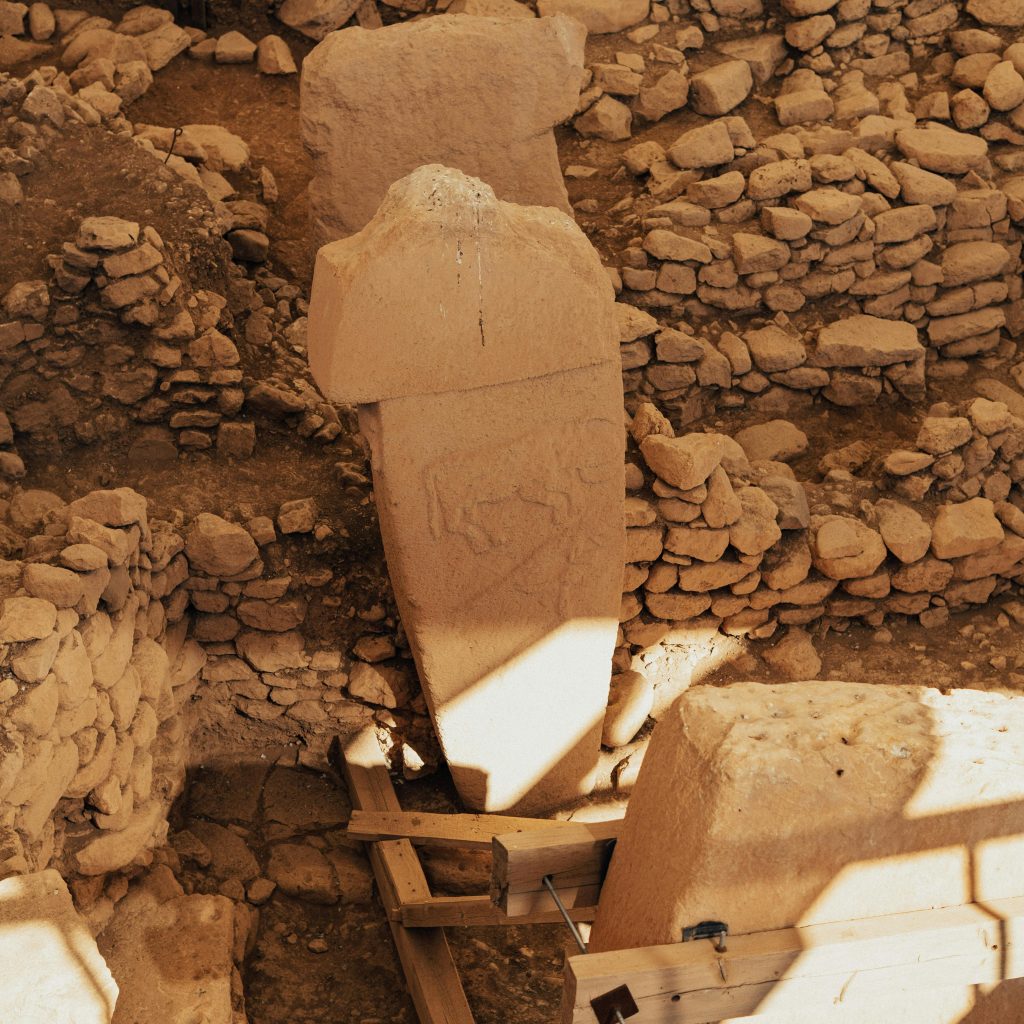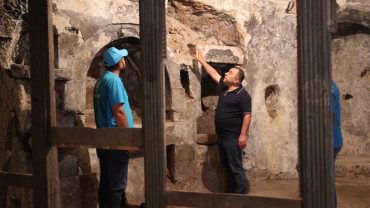
In the arid plains of Southeastern Turkey lies a site that has rewritten human history — Göbekli Tepe, the world’s oldest known temple, dating back to 9600 BCE. Located just 15 kilometers from the ancient city of Şanlıurfa, this archaeological wonder predates Stonehenge by 6,000 years and the Egyptian pyramids by 7,000 years. But what makes Göbekli Tepe so extraordinary?
A Brief History of Göbekli Tepe
Discovered in the 1960s but only excavated extensively starting in the 1990s by German archaeologist Klaus Schmidt, Göbekli Tepe revealed something groundbreaking: massive T-shaped stone pillars arranged in circular enclosures — clearly not natural formations but man-made megaliths. These pillars, some weighing up to 20 tons, were carved with intricate animal reliefs, abstract symbols, and human-like features.
What stunned archaeologists most was the age of the site. Using radiocarbon dating, researchers confirmed that Göbekli Tepe was constructed over 11,500 years ago, during a time when humans were thought to be mere hunter-gatherers with no architectural or religious sophistication.
Who Built Göbekli Tepe and Why?
The builders of Göbekli Tepe remain a mystery. They lived thousands of years before the invention of writing or the wheel. Without domesticated animals or metal tools, how did they manage to transport and erect such massive stones?
Most experts believe Göbekli Tepe was a ceremonial or religious center, possibly the first temple complex in human history. Its scale and complexity suggest it was built by a large, organized community. Intriguingly, some archaeologists argue that religion may have preceded agriculture, contrary to long-held beliefs — people may have come together to build Göbekli Tepe and then developed farming nearby to support the religious workforce.
Architectural Features of Göbekli Tepe

Göbekli Tepe consists of several circular and oval-shaped enclosures, with two large central pillars surrounded by smaller stones arranged in a circle. The pillars are between 3 to 6 meters tall, made of limestone, and feature carvings of foxes, snakes, boars, vultures, and other animals — possibly symbolizing mythological or spiritual beliefs.
Some of the T-shaped pillars appear to represent stylized human figures, with arms and hands carved along their sides. These anthropomorphic traits have led scholars to speculate about the symbolic and possibly divine nature of the figures.
The site was intentionally buried around 8000 BCE, for reasons unknown. This deliberate burial may have preserved the monuments for thousands of years, allowing today’s archaeologists to uncover its mysteries.
The Importance of Göbekli Tepe in Human History
Göbekli Tepe has forced historians and archaeologists to reconsider the timeline of civilization. It suggests that organized religion, social complexity, and monumental architecture may have developed before the rise of agriculture, not after.
The site’s discovery challenges the traditional view that complex societies emerged only after people began farming. Instead, Göbekli Tepe hints at a spiritual revolution that may have sparked the development of settled life, farming, and eventually cities.
Visiting Göbekli Tepe Today
Now a UNESCO World Heritage Site, Göbekli Tepe attracts visitors from around the globe. The site is well-preserved, with a protective roof and walkways for tourists. The nearby Şanlıurfa Archaeology Museum showcases many artifacts and provides deeper insights into the prehistoric world that birthed this incredible monument.
Whether you’re a history enthusiast, a spiritual seeker, or just a curious traveler, Göbekli Tepe offers a profound journey into the dawn of human civilization.



Comment (0)